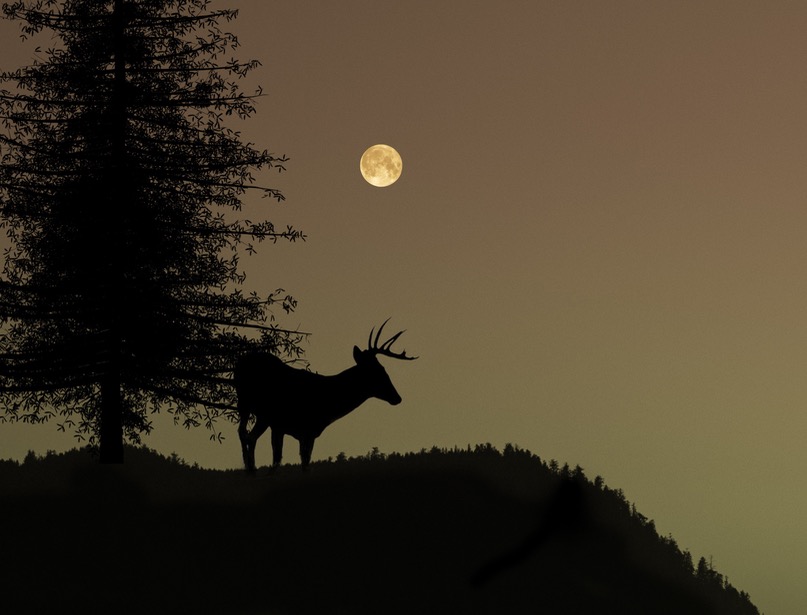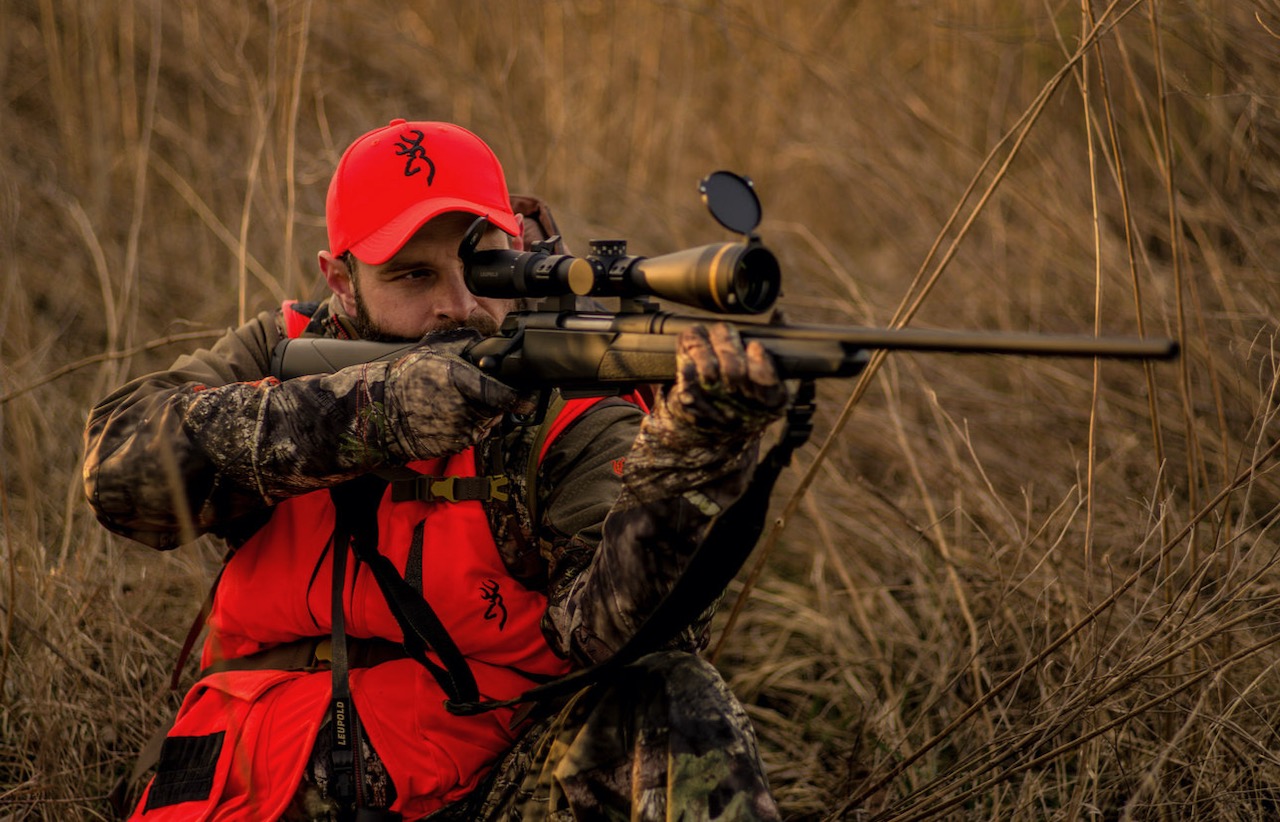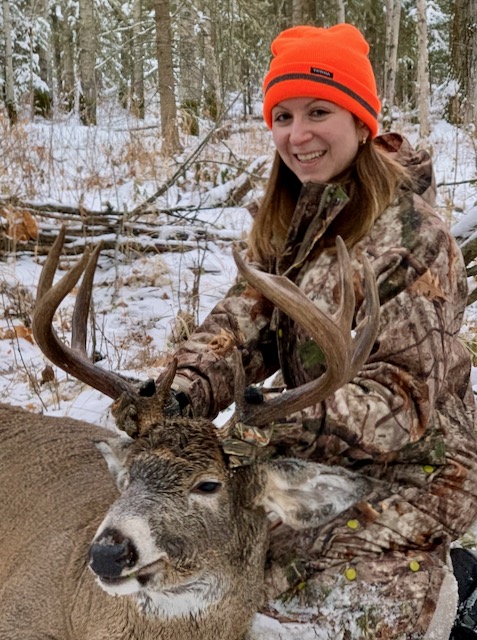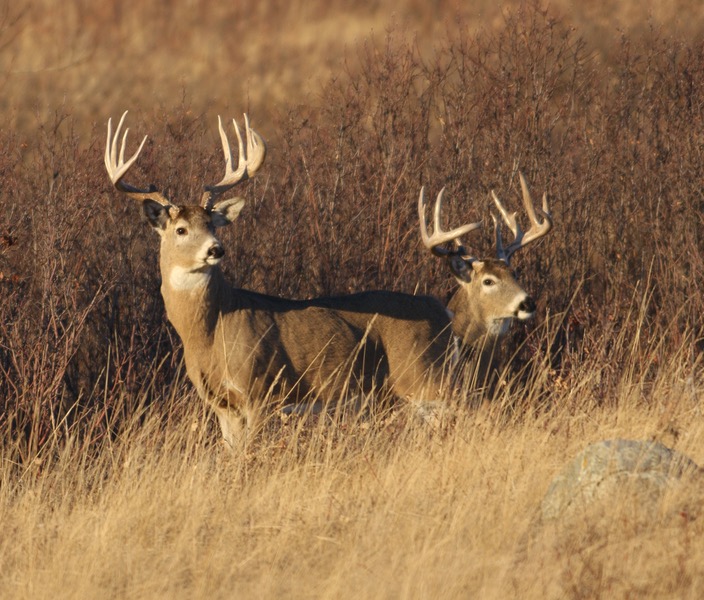WHITETAIL WISDOM
To commemorate Outdoor Canada’s 50th anniversary in 2022, our long-time hunting editor shared his 50 favourite whitetail secrets
Advertisement

#11 Don’t plan your deer hunt around the moon phase—scientific studies have revealed it doesn’t meaningfully influence deer activity. They did confirm, however, that deer are most active at dawn and dusk, unless influenced by predators or people.
#12 Stay out there! Daylight hours are limited in the fall, so pack a lunch and plan to hunt all day. During the whitetail rut, bucks are often on the move between 10 a.m. and 2 p.m.
Advertisement

#13 Too many whitetails are missed because the hunter didn’t connect when the opportunity presented itself. Spend as much time on the range as you can, and practise shooting from a variety of positions.
#14 Along with your lunch, a small backpack containing water and other necessities can help get you through a long day afield. Be sure to include tissues, a knife and rubber gloves for field dressing, as well as a length of rope, cell phone, GPS or compass, extra clothing, toilet paper and a small first-aid kit.
#15 If you know a winter storm is coming, hunt both sides of it. Big game, especially whitetails, are typically very active in the hours leading up to and just after a storm.
Advertisement
#16 Hunters seeking trophy-class deer must learn to recognize one in the field. Too often, 160-class deer turn into 140-class deer once they’re scored. Study mounted deer and photos to learn what characteristics lead to high-scoring antlers.

#17 Wear quiet outer layers of fleece or wool to help minimize sounds as you move through the sub-zero woods. Some fabrics freeze hard in the cold, while others make noise with every movement, spoiling your hunt.
#18 Dress warmly in layers. It can be terribly cold during the November rut, and you must be prepared to stay out to tip the odds in your favour. When you’re comfortable, you concentrate better and have the ability to wait out deer.
#19 Don’t give up on a buck spooked from a bedding or feeding area, as whitetails typically run only a few hundred yards before resettling. Instead, quickly follow it until you come to an area with increased visibility, then stop and scan in all directions. You’d be surprised how often the buck will just be standing there, looking back at what spooked him.
#20 Put in the time to pattern big deer. Most successful buck hunters concentrate on a specific deer, or a specific area. They keep a constant watch, learning where the deer bed and feed, and what routes they use between the two areas. They also identify escape corridors.

